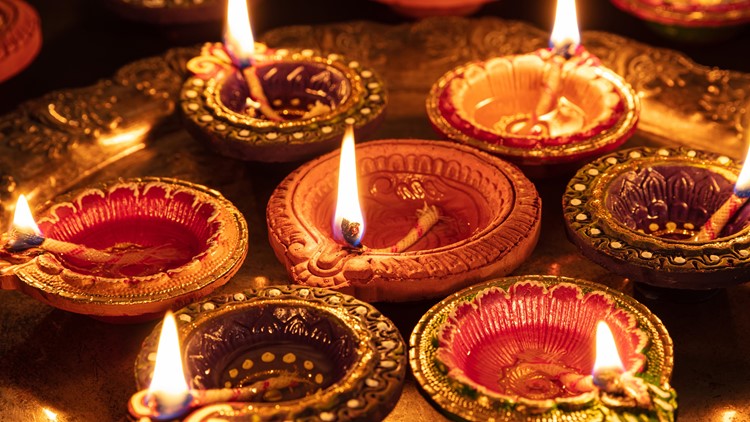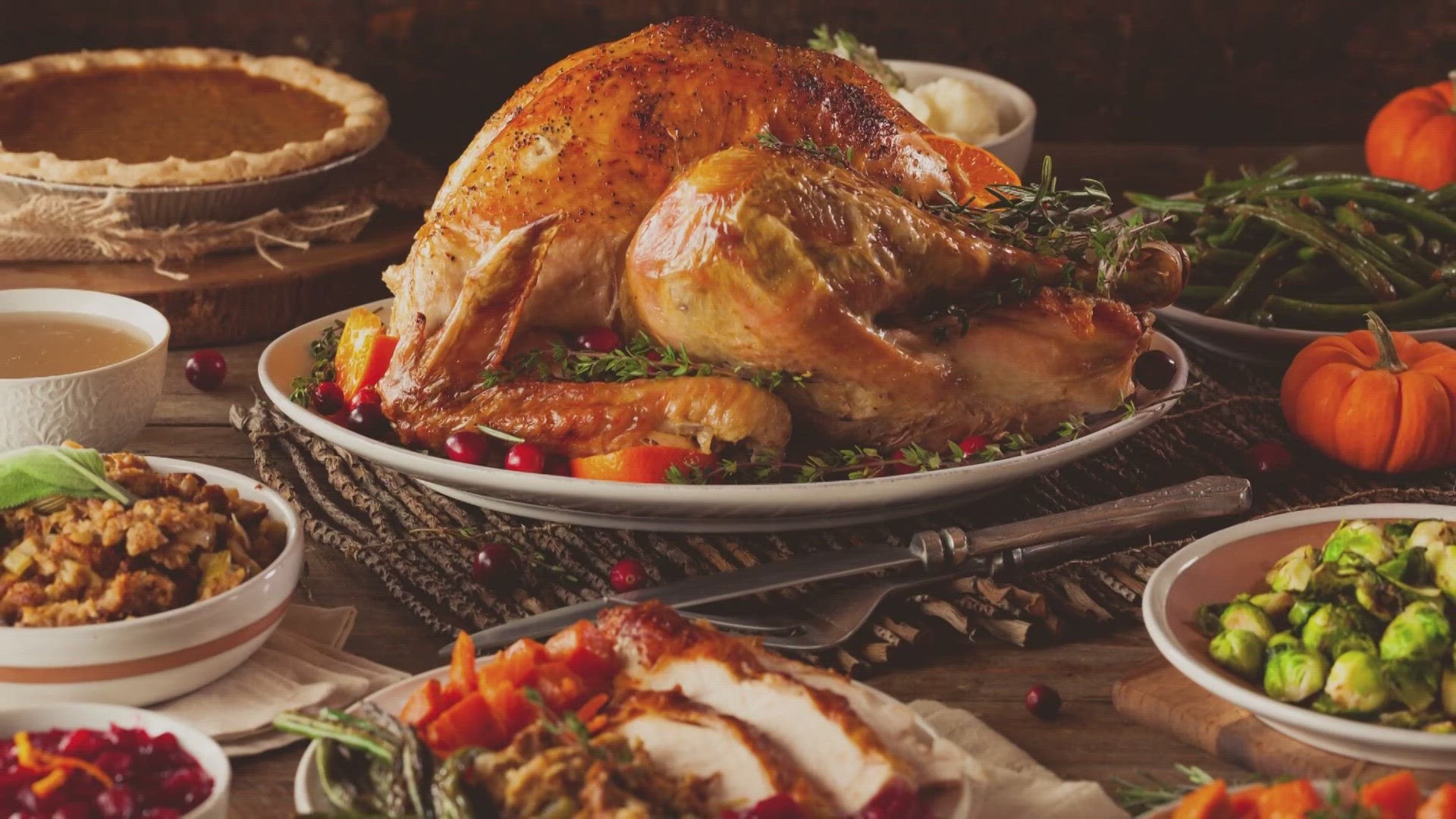ST. LOUIS — People from around the world will soon be celebrating Diwali, the annual festival of lights. The holiday goes back more than 2,000 years and is celebrated over a 5-day period.
Here's everything you need to know about the holiday.
What is Diwali?
The ancient celebration of Diwali is linked to several stories in religious texts, according to History.com. For this reason, it’s impossible to say when Diwali actually started.
Many of those stories are about triumph of good over evil.
For example, in northern India, a story associated with Diwali is about Rama – one of the incarnations of the god Vishnu.
When an evil king in Sri Lanka captures Rama’s wife Sita, Rama "builds up an army of monkeys to rescue her.” The monkeys build a bridge from India to Sri Lanka, invade Sri Lanka, free Sita and kill the king. As Sita and Rama return to the north, “millions of lights are spread out across the city Ayodhya” to “help them come back home."
Lighting lamps has long been one of the ways people celebrate Diwali.
In southern India, Diwali is linked to a story about the Hindu god Krishna. In Gujarat, the new year coincides with Diwali and people ask the goddess Lakshmi for prosperity in he coming year, History.com stated.
Those who practice Buddhism, Jainism and Sikhism also use Diwali to mark important events in their histories.
When is Diwali?
This year, Diwali is on Monday, Oct. 24. The holiday is held in the month of Kartika in the Hindu calendar. Kartika usually overlaps October and November.
Traditions of Diwali
The meaning of Diwali in Sanskrit is “a row of lamps,” according to diwalifestival.org.
A popular tradition of the holiday is lighting clay lamps in rows all over the house. The tradition “teaches us to uphold the true values of life,” the website stated.
Diwali is known as the festival of lights. Light is significant in Hinduism because it signifies goodness. During the festival, lamps are burned through the day and night to fight off darkness and evil.
Rangoli – Indian folk art – is created on the floor during some festive occasions. The ancient art is believed to originate from the Indian state Maharashtra. Rangoli is a Sanskrit word that signifies a creative expression of art by means of colors.
According to diwalifestival.org, the folk art is used in India during various festivals and special occasions like marriages and birth ceremonies.
Diwali is known as the largest gift giving and shopping festival in India. The festival has been associated with prosperity and people go out of their way to splurge on themselves and their loved ones.
The idea behind the tradition is to accelerate the feeling of love, bonding, affection and appreciation. Sending gifts on Diwali also symbolizes “one's prayers to the almighty for the prosperity and wellbeing of the recipient.”
Celebrate in St. Louis
The Saint Louis Art Museum is hosting an event called “Family Sunday: Celebration of Light” on Oct. 23.
The event marks the opening of Global Threads: The Art and Fashion of Indian Chintz and coincides with Diwali. Families are invited to make lamps and paper marigolds.
The event will be held from noon to 4 p.m. at the Saint Louis Art Museum located at One Fine Arts Drive in St. Louis. The event is free to the public.
If you know of more events for Diwali, send us an email.



